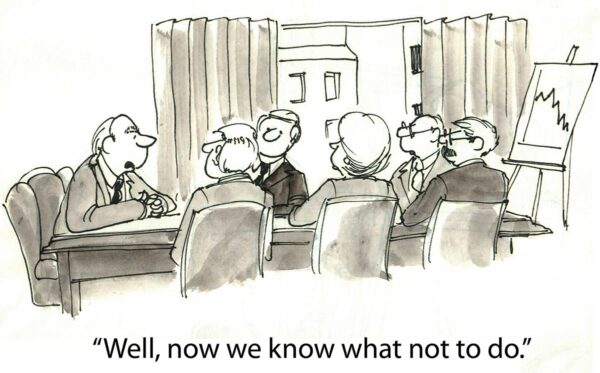While we’re talking about nonprofit Designers and design, let me share something that I found helpful.
Check out the following eight principles for effective design from product designer Taras Bakesevych.
What’s exciting to me is that these principles apply to more than just the “graphical layout and style” of a piece of fundraising – they apply to how you “design” your entire fundraising program.
Here’s the summary:
- Empathy: Good design is rooted in an understanding of your audience.
- Layout: Guide the eye effortlessly across the landscape.
- Essentialism: Simplicity and purpose above everything else.
- Guidance: Design should lead us somewhere.
- Aesthetics: Communicate a feeling.
- Novelty: “True art lies in balancing novelty with familiarity.”
- Consistency: Don’t be confusing; build trust.
- Engagement: Good design is like a good conversation.
Here are a few examples of applying these principles to how a nonprofit designs its fundraising program:
- A fundraising program has empathy for donors by using language that donors understand, and design that resonates with donors.
- A fundraising program focuses on the essentials by keeping it simple for donors, and doesn’t try to teach and tell donors everything about the organization and its approach.
- A fundraising program is engaging by sending out surveys, and asking questions of major donors to discover their passions and interests.
You get the idea.
The whole post is interesting. Taras gives examples for each principle. It’s long, but I can guarantee you’ll quickly find something that could be applied to your fundraising program – whether graphically (#9 is “create a clear focal point”) or structurally (#17 is “craft engaging user onboarding”).
In my job, I get to “look under the hood” of a lot of different fundraising programs. The fundraising programs that are reliably growing tend to be built on all eight of these principles.









